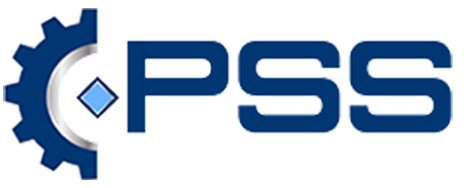Unfortunately, it is all too common for “good” companies to be lulled into a false sense of security by their past performance in personnel safety and health. They may not realize how vulnerable they are to a major incident, until it happens.
Subsequent investigations of incidents at these “good” companies has typically shown that there were multiple causal factors, and many were known long before the event occurred. In many cases, the company often assumed process safety systems worked as intended, despite the warning signs. They will find examples of “good” performance and assume they represent the whole, while poor examples are overlooked or soon forgotten, rather than digging deeper to understand what is really happening.
A process hazard analysis of failure modes and effects should go beyond the equipment, physical, and information technology systems, and must include human and organizational aspects as well. Recognition of the seriousness of consequences and mechanisms of causation lead to a focus on real process safety solutions rather than employee performance.
In fact, many of the key decisions influencing process safety management are often beyond the control of the employee, engineer, or even the facility management, but are made by higher levels of management that reside at another site, country, or in another organization all together.
Therefore, we need to look at the whole, including materials, equipment, and information systems, considering individuals and standard operating procedures as part of the system, and use a management system approach for control.
This is the main goal and purpose of the OSHA Process Safety Management (PSM) regulation or standard. It contains most of the tools we need to achieve operational and process safety excellence.
To enlist the help of our process safety management services, simply contact us online to schedule an audit.

